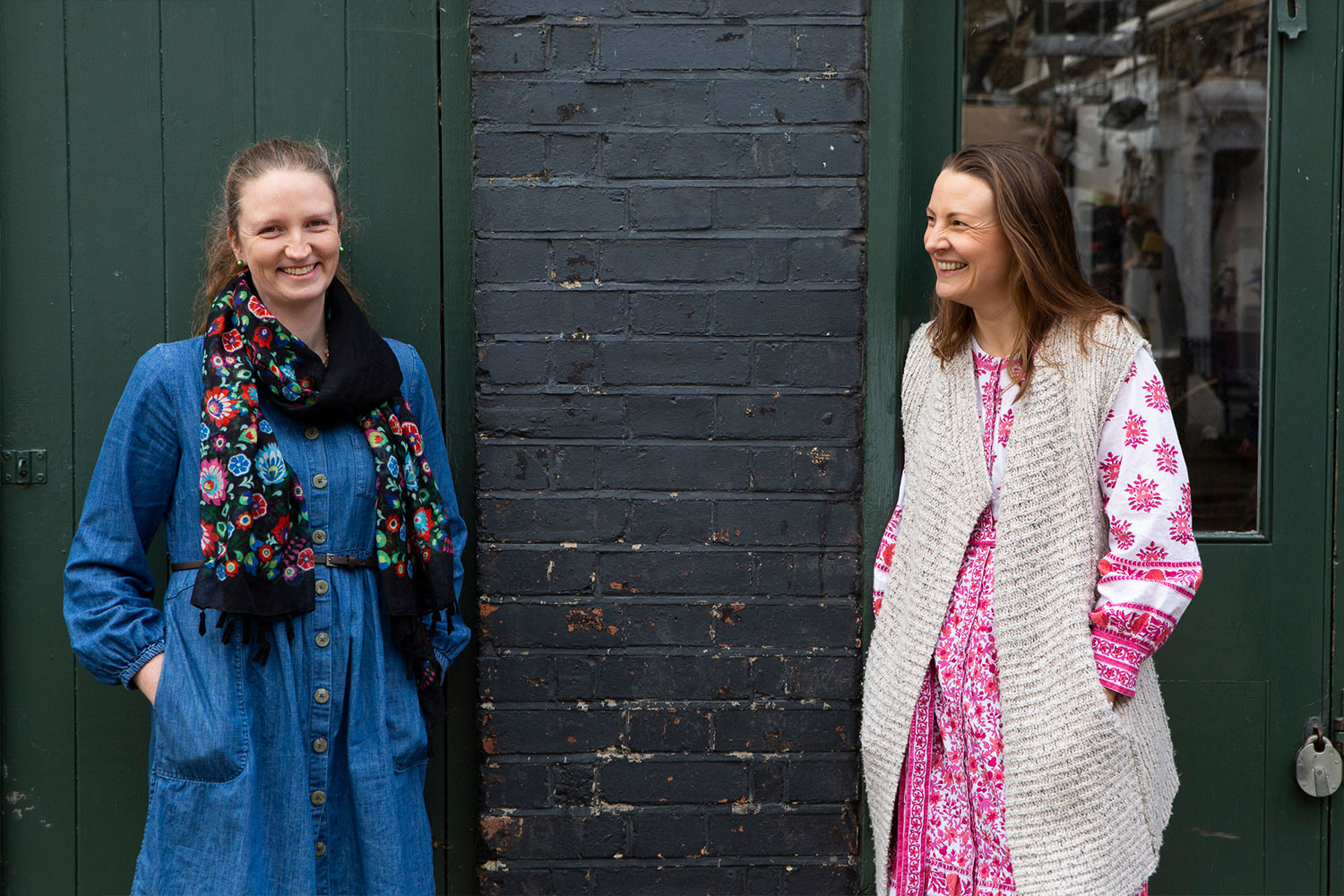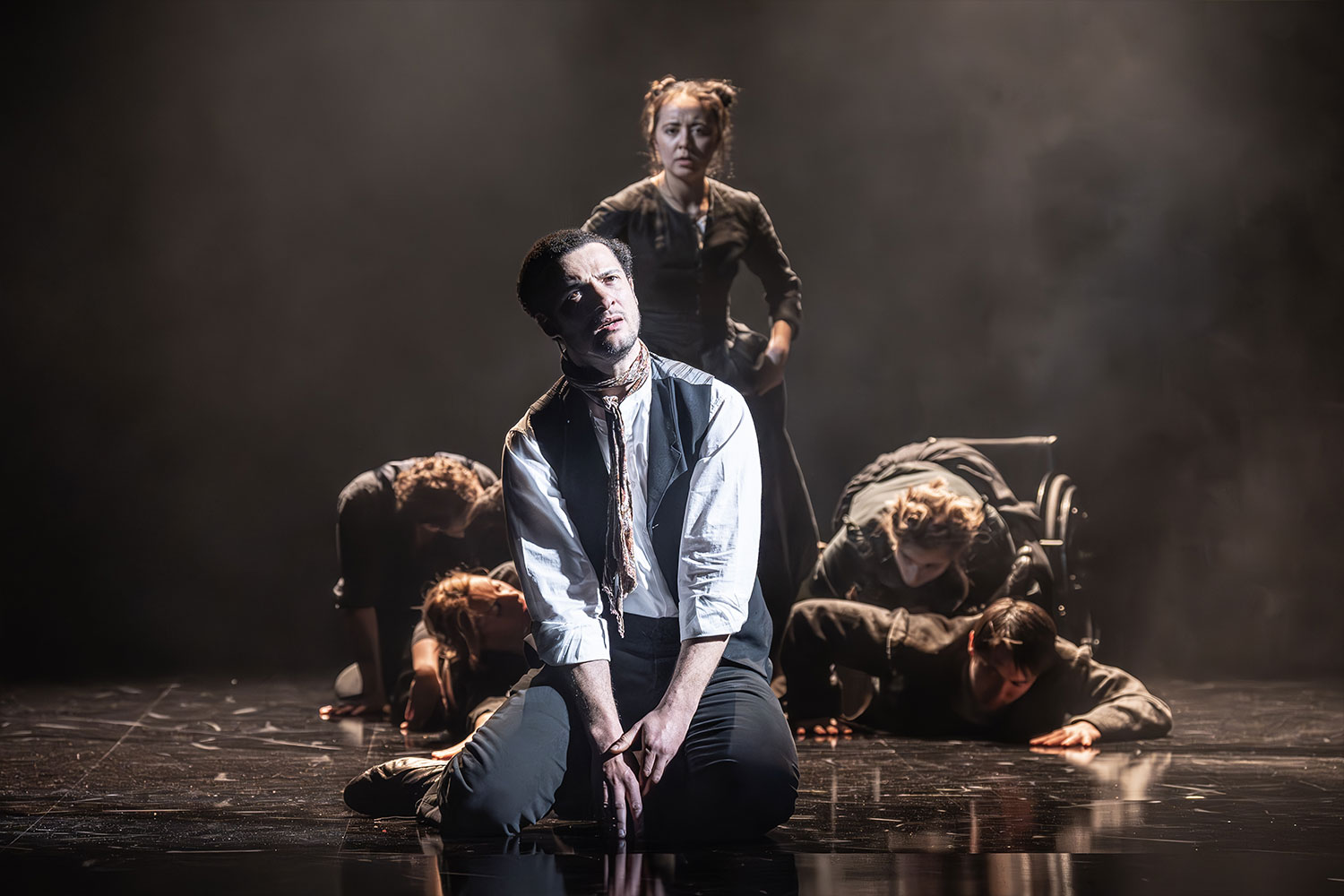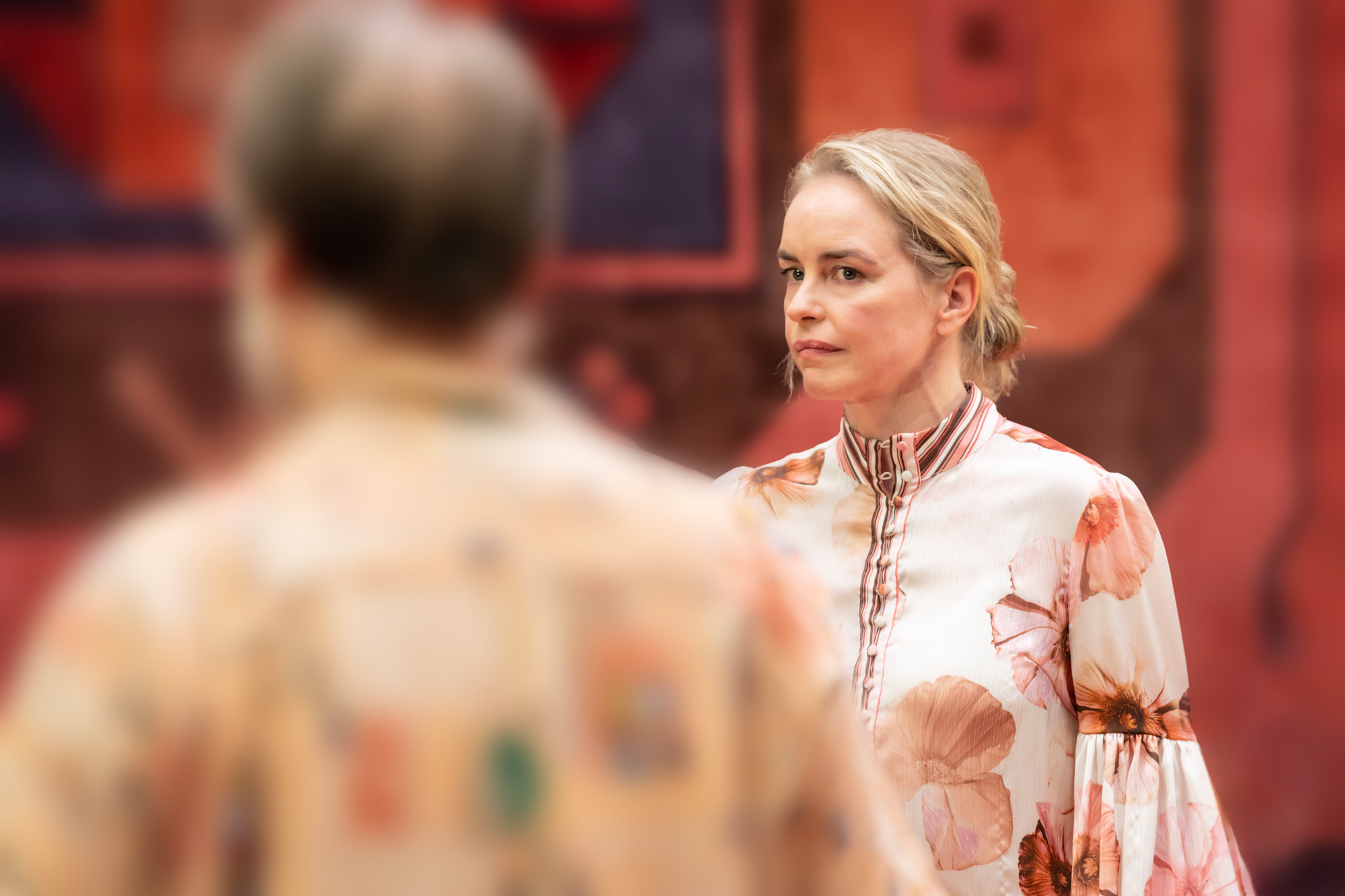The Heiress
The Heiress at the NT Lyttelton
Ruth and Augustus Goetz’s 1947 play, The Heiress, is famous chiefly for it’s film incarnation, which starred a wide-eyed Monty Clift as gold-digging suitor Morris Townsend and Olivia de Havilland in the role of the wealthy, but plain, Catherine Sloper. If you’re familiar with the celluloid version, you may well be disappointed by this Lyceum Sheffield production, which feels longer and stodgier in comparison.
That’s not to say that this particular staging is unenjoyable, though. The Goetzes’ script still surprises and director Philip Franks’ competent ensemble occasionally make the most of its humorous and poignant moments.
Based on the Henry James novel Washington Square, The Heiress follows the attempts of the penniless Townsend (Ben Porter) to woo Catherine (Eve Best), despite the best efforts of her father, the patrician Dr Austin Sloper (Alan Howard), to prevent them marrying.
With a little help from Catherine’s well-meaning aunt Lavinia (Maggie Steed), the pair decide to elope. But when Townsend realises his intended has fallen out with daddy and her inheritance has been scaled down, he jilts her. Catherine remains a heartbroken spinster for the next three years, until Townsend suddenly reappears and forces her to finally choose between spending life alone, or with someone who loves her only for her money.
If I have a problem with the two leads, it’s that Porter interprets Townsend as a slightly slimy rake, so you find it hard to believe that Catherine could fall for him without at least questioning his motives. While Best’s heroine is sometimes so gauche and pathetic, you almost side with Townsend for dumping her.
Fortunately, no such problems afflict Howard’s Sloper. He switches effortlessly between being amusing (especially when engaged in a head-to-head with Lavinia) to being cold and heartless, as he crushes Catherine with well-intended advice.
Gideon Davey’s design features a cavernous Regency-style drawing room, made to appear stifling by the use of forced perspective. And Simon Mills’ lighting, with its use of candles, adds a number of atmospheric touches.
The Heiress chugs along steadily over its three-hour length towards a genuinely touching conclusion. But in the end, the feeling is that we’ve been taken on a pleasant journey at the Lyttelton, rather than a truly memorable one.










